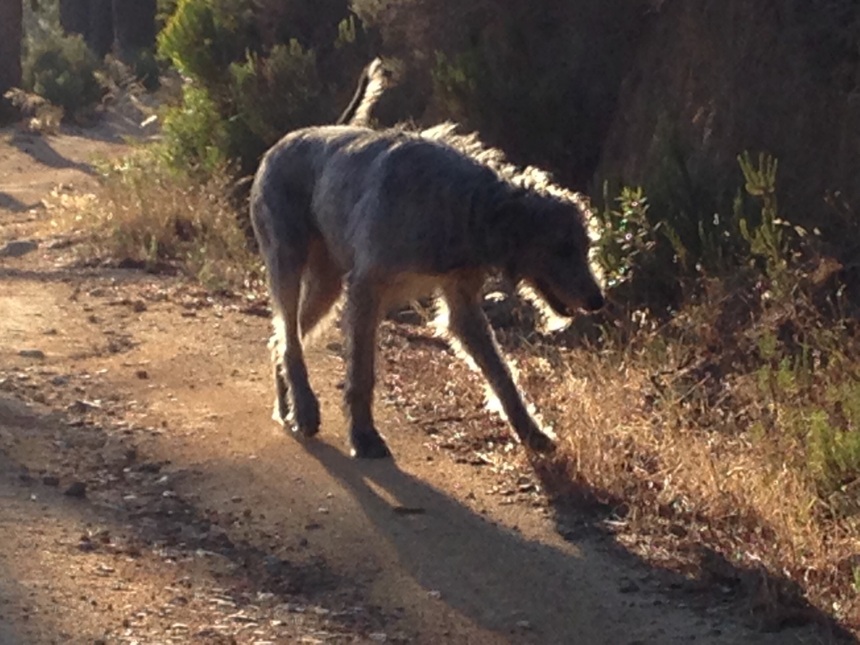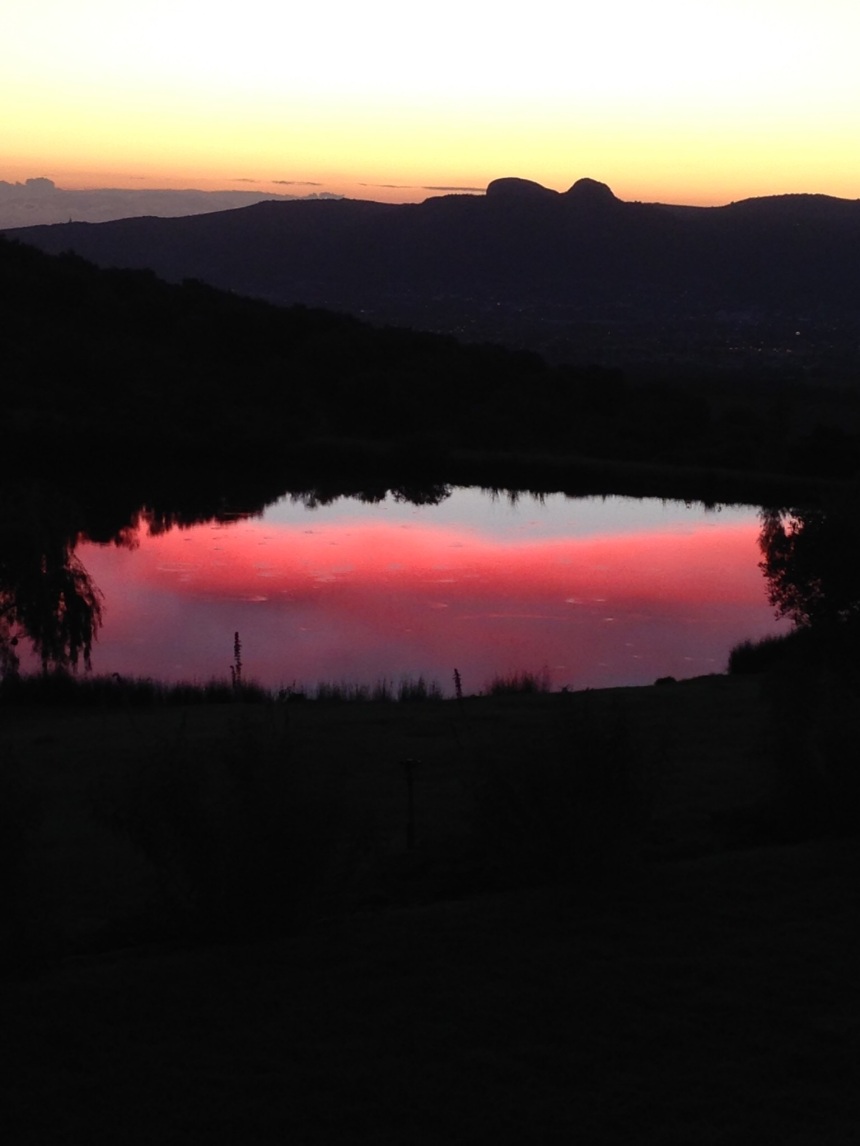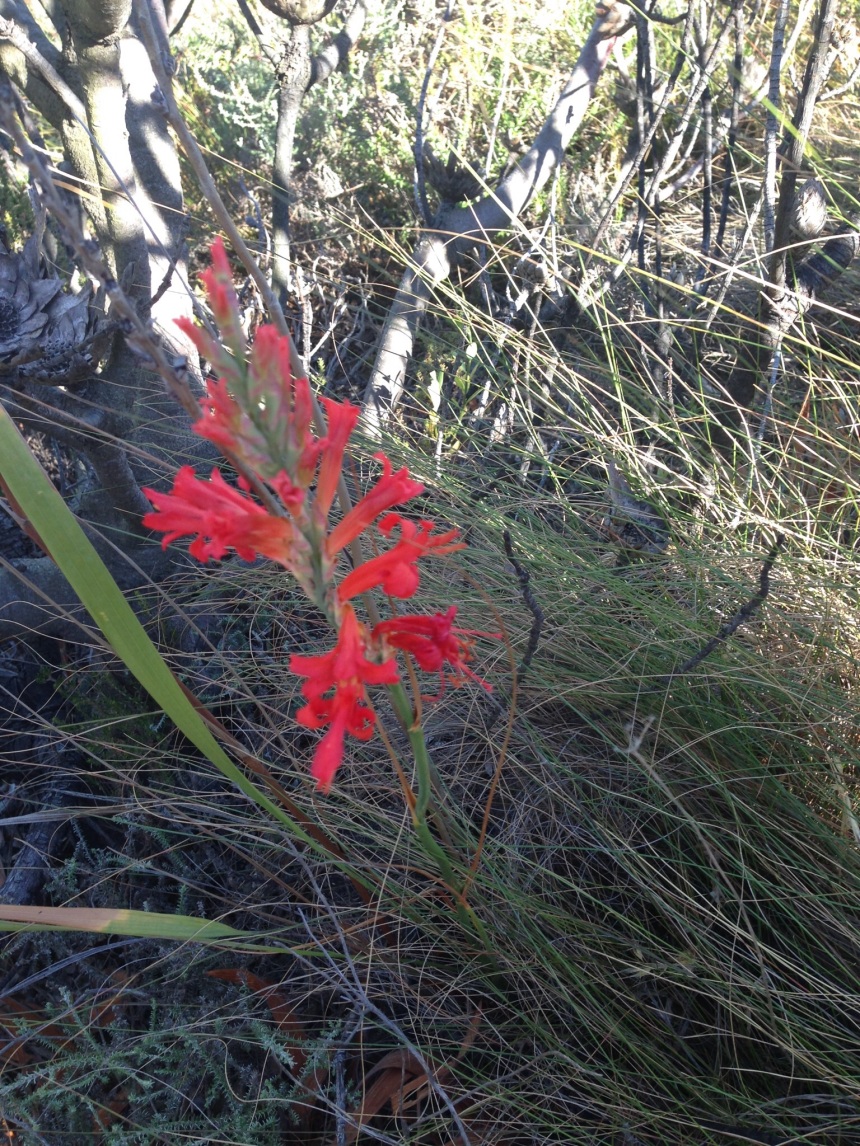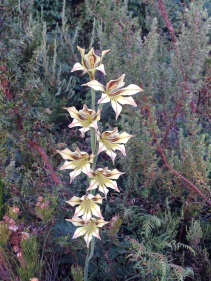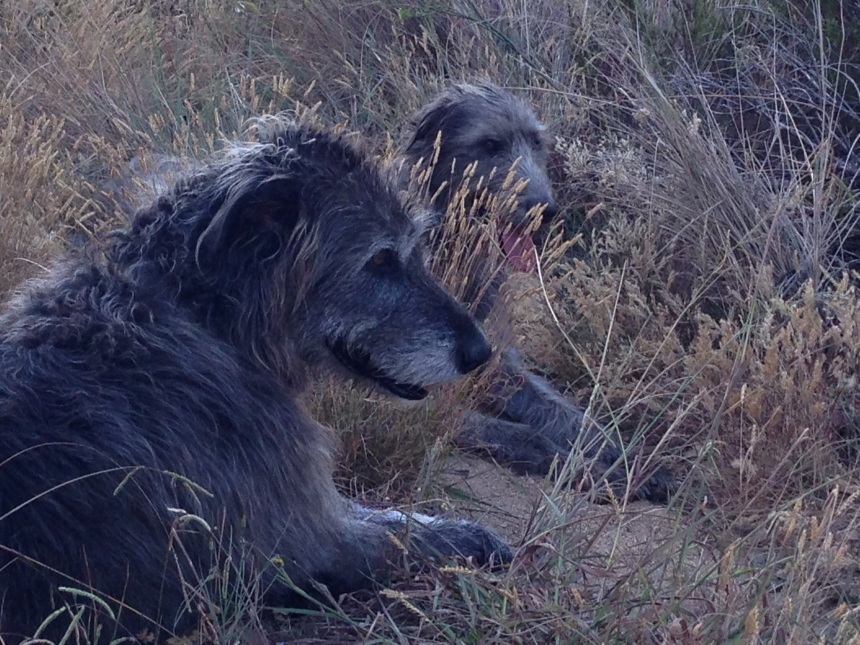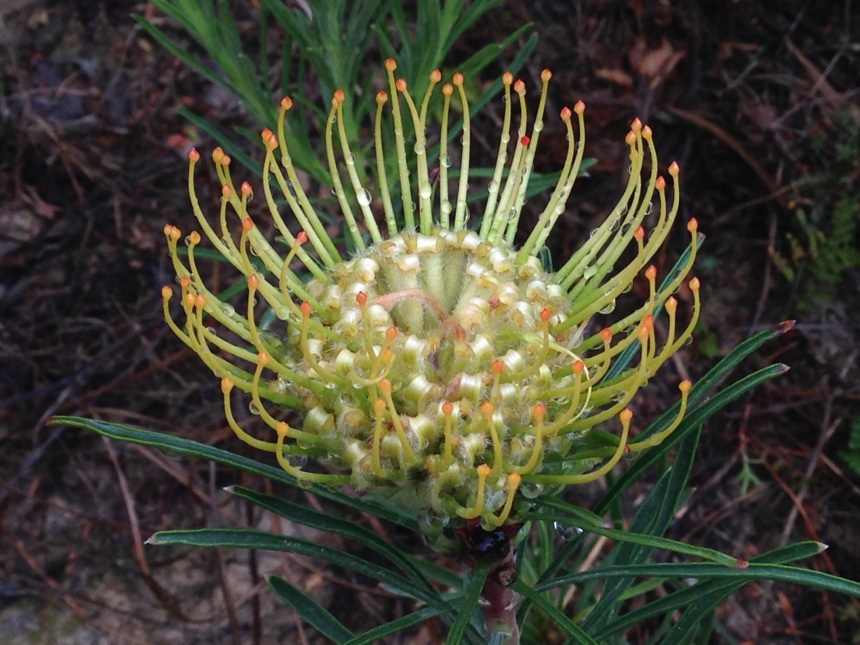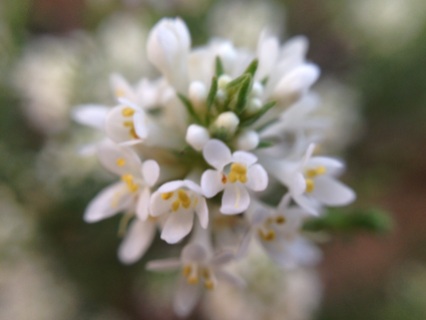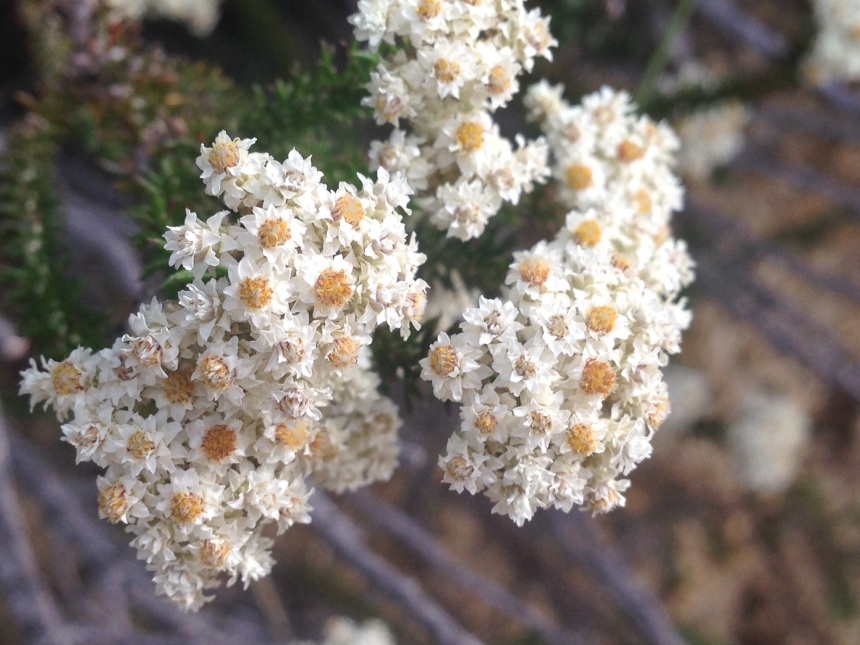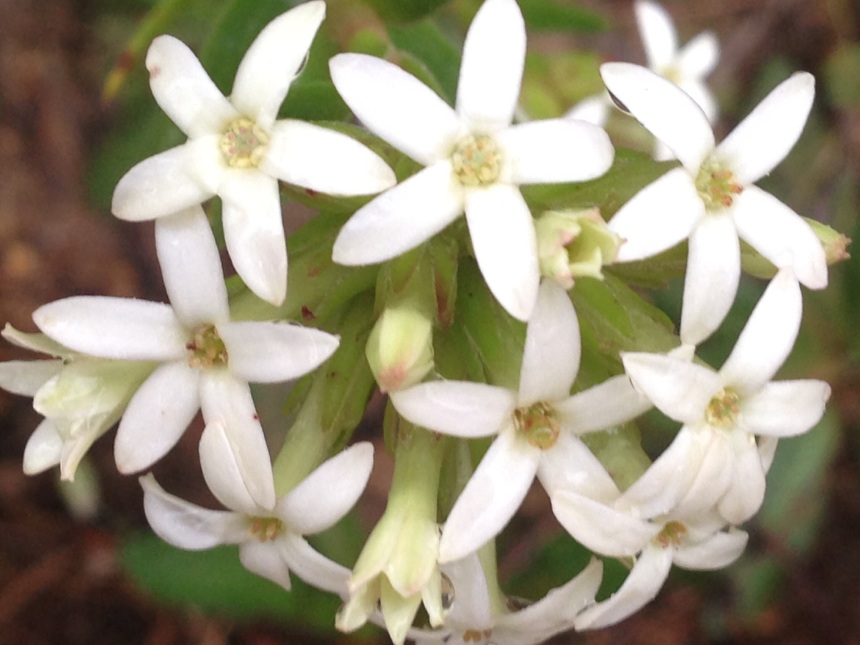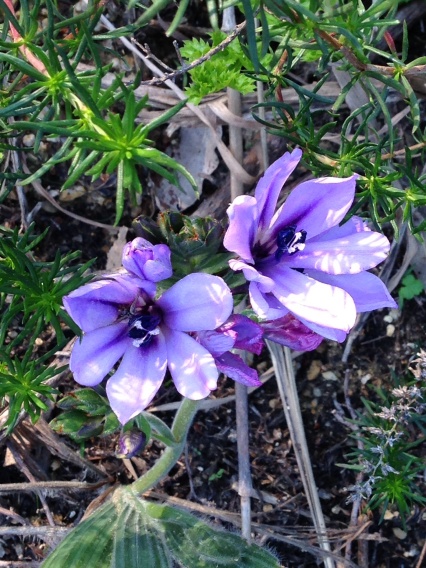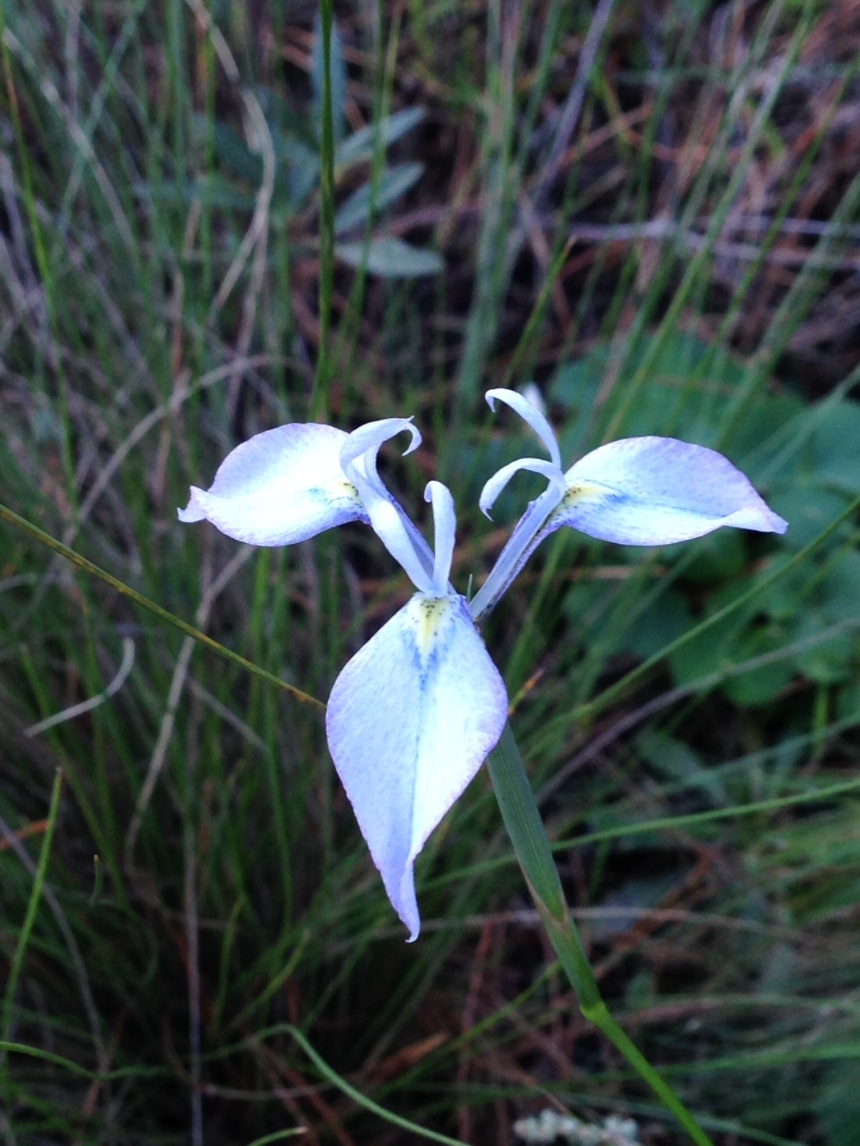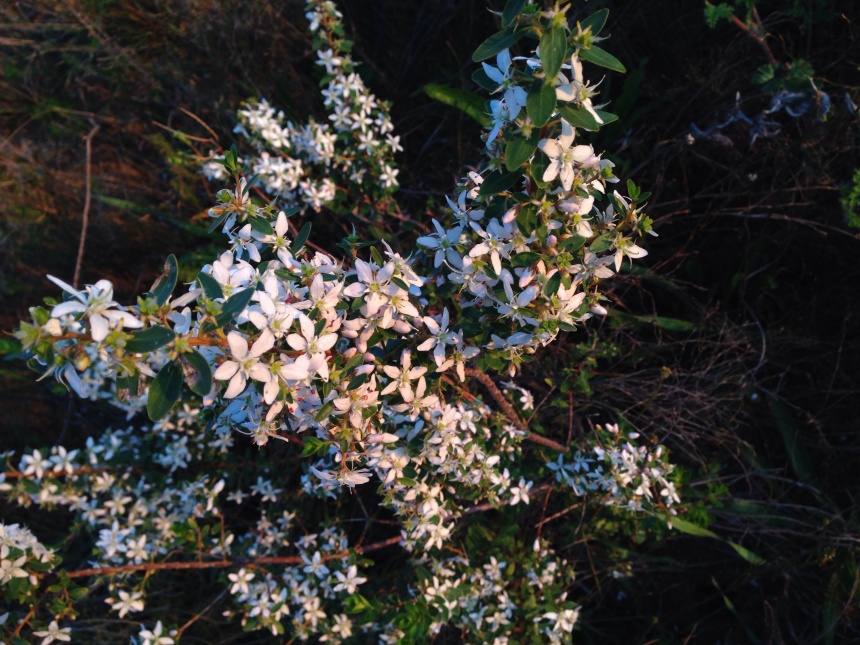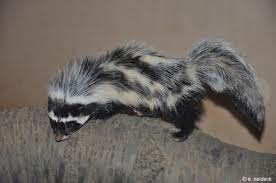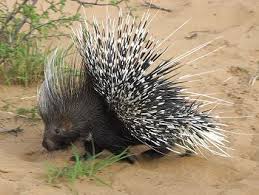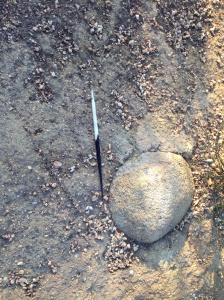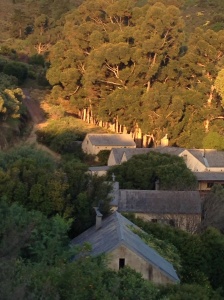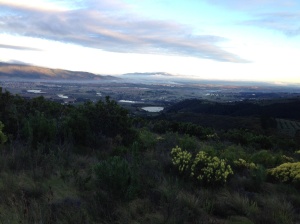Flowers, Fire and Drought, an African Summer Season
The Christmas season is one where the dogs and I relish the break and spend more time on the mountain. There are fewer flowers as the fynbos battens down the hatches for the onset of summer, but there is always something. After a dry winter and as the season gets ever drier, regular friends fail to appear. I caught a flash of red on the drive as we drove out the other day and smiled to myself thinking “great, the Tritoniopsis triticea is in flower, we’ll catch lots of them on the mountain on our next run.” Not one so far, not even one. Perhaps they will appear later in the month but already I know they won’t be as profuse as usual. We did come across the charming Micranthus alopecuroides, the “comb flower”. It’s easy to miss because it’s quite tiny, and quite rare too, but we often find a few at the bottom of the drive around Christmas time.
Meanwhile our crops are winning the battle – the buchu is hardy and drought resistant and the olives are better this year than they have been for the last couple, largely, we suspect, because we had less wind during the crucial spring flowering season.
Talking of wind, a friend came to stay the other night and woke up expecting to see devastation from the storm she’d heard howling around the house during the night and surprised that everything about the place was dry. No, we explained, laughing, that was a normal night wind in summer, not even a big one.
El Nino is the culprit of course and these cyclical droughts are normal. It’s our first since being on the farm though and it’s quite chilling to see how the stream, which we believe to be permanent, has slowed to a trickle and our raging waterfall is a pathetic drizzle. The dams below us empty at a worrying rate and the farms in this valley will be glad when the harvest is in. Peter is reassuring and reminds me that “this is Africa.” He has lived through long multi-year droughts in the low veld. We must all hope for a wet winter this year, but before we can even begin we must get through the summer. Fires is our big fear – there was a huge one far from us on the other side of the Franschhoek pass on St Stephen’s Day (Boxing Day to the non-Irish) and the clouds of smoke covered the entire peninsula, flooding with colour at sunset.

The odd thing for me, being European, is that the holiday season here falls over Christmas, at the very beginning of summer. So when the holidays are over, the heat really starts and it’s back to work. I love the heat and find that I can cope with being active at under 35 degrees. Between 35 and 40 I prefer not to be too energetic. Over 40 I am frankly uncomfortable. Yesterday it was 42 degrees all afternoon and I succumbed entirely, lying on a sofa at the back of the house, the cooler side, reading a novel and dozing away the afternoon. I ran in the early morning, enjoying the forest next to us, which is due to be taken down in the next couple of years, we will miss the shady paths…

I have neglected this year to take up the challenge of the yellow daisies They are the hardest to identify and I have been lazy. Here goes….
To start with the prickly bush thistle, which we first saw out running in July, Cullumia setosa.

{“focusMode”:0,”deviceTilt”:0.09798745711776213,”whiteBalanceProgram”:0,”macroEnabled”:false,”qualityMode”:3}
Next comes the distinctive Cape Weed, Arctotheca calendula which also flowers from July to November and we see it all the time, all over the farm.

Another one flowering everywhere from the beginning of spring to early summer is Euryops abrotanifolius, common but quite charming.
Next is the Heterolepis alien, the rock daisy with it’s distinctive sparsely toothed grey leaves. If these are all looking the same you can understand why the identification is a challenge.
There are two more that I have not identified and I will ask the ispot group to help me with them and report back.
























